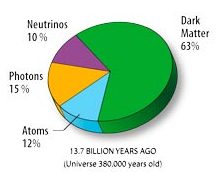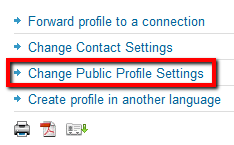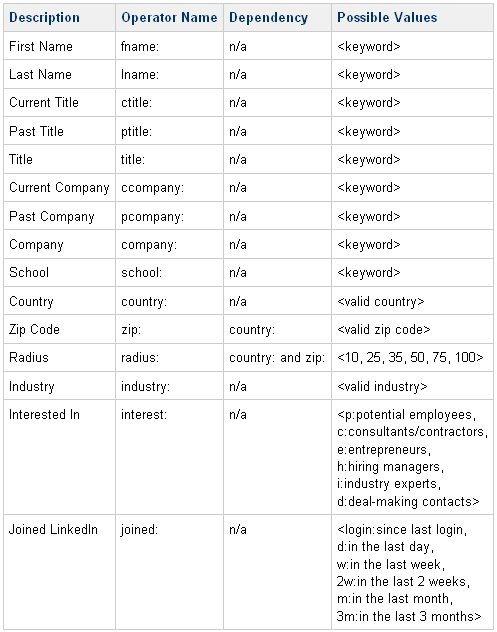
When I see a strong interest in a “Top 10” or “Top 25” list of Boolean search strings, it becomes clear to me that a disconnect can exist between wanting something that solves a problem (a search string to find candidates) and the ability to create something that solves a problem.
While there is undoubtedly value in a list of pre-constructed search strings, specifically Internet queries designed to target event/conference attendee lists, employee directories, resumes, press releases, patents, white papers, etc., the real “magic” of information retrieval does not lie in Boolean operators and query modifiers.
The real “magic” and work of sourcing talent is via human capital data is the iterative, intelligent, and cognitively challenging process of selecting a combination of words and phrases, and in some cases strategically excluding others, analyzing the results returned, making changes to the query based on observed relevance, and repeating the process until an acceptable quantity of highly qualified and well-matched candidates are identified.
The Answer vs. How to Solve the Riddle
When people ask me for a specific search string, they may not realize it, but in effect, they are asking for the answer to a problem.
In some respects, a specific search string can be compared to the answer to a specific math problem or riddle. Unfortunately, once you change the facts, figures and variables of the problem or riddle, the answer will also change.
Similarly – if you change anything about your hiring need, the most effective queries to find qualified candidates will also change, and rarely are two hiring needs are perfectly identical in every way.
When I started my career in recruiting, perhaps I was fortunate to not have anyone to give me any “answers” (search strings), because I had to figure out how to find top talent in our 80,000 resume Lotus Notes database on my own. Throughout my career, sourcing candidates has never been about the searches themselves, but rather the process of finding the best candidates.
Going back to my math analogy, once you’ve mastered calculus, you can solve any calculus problem. Similarly, once you master the process of sourcing, you can solve any hiring problem. And I do mean any.
If you are interested in leveraging information systems for talent discovery and identification, you should be more concerned with learning the “why” and “how” of good talent sourcing practices and processes, and less so in specific search strings. Rather than (or at least in addition to) asking for a search string, ask the person providing the search string how and why they specifically arrived upon the search they’re providing you.
Take a fish from someone and you are fed for a day. Learn how to fish and you are fed for a lifetime. Continue reading →





















